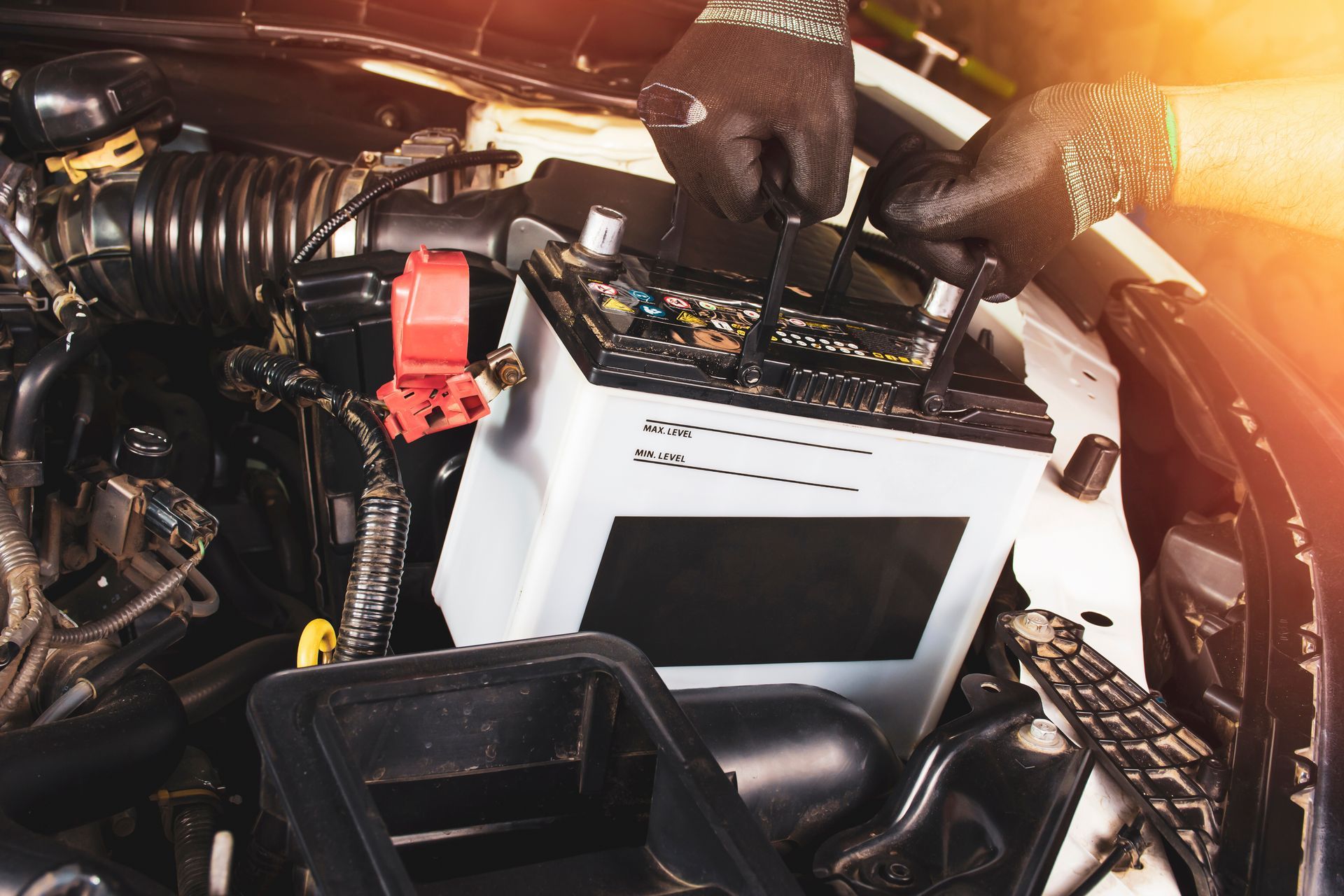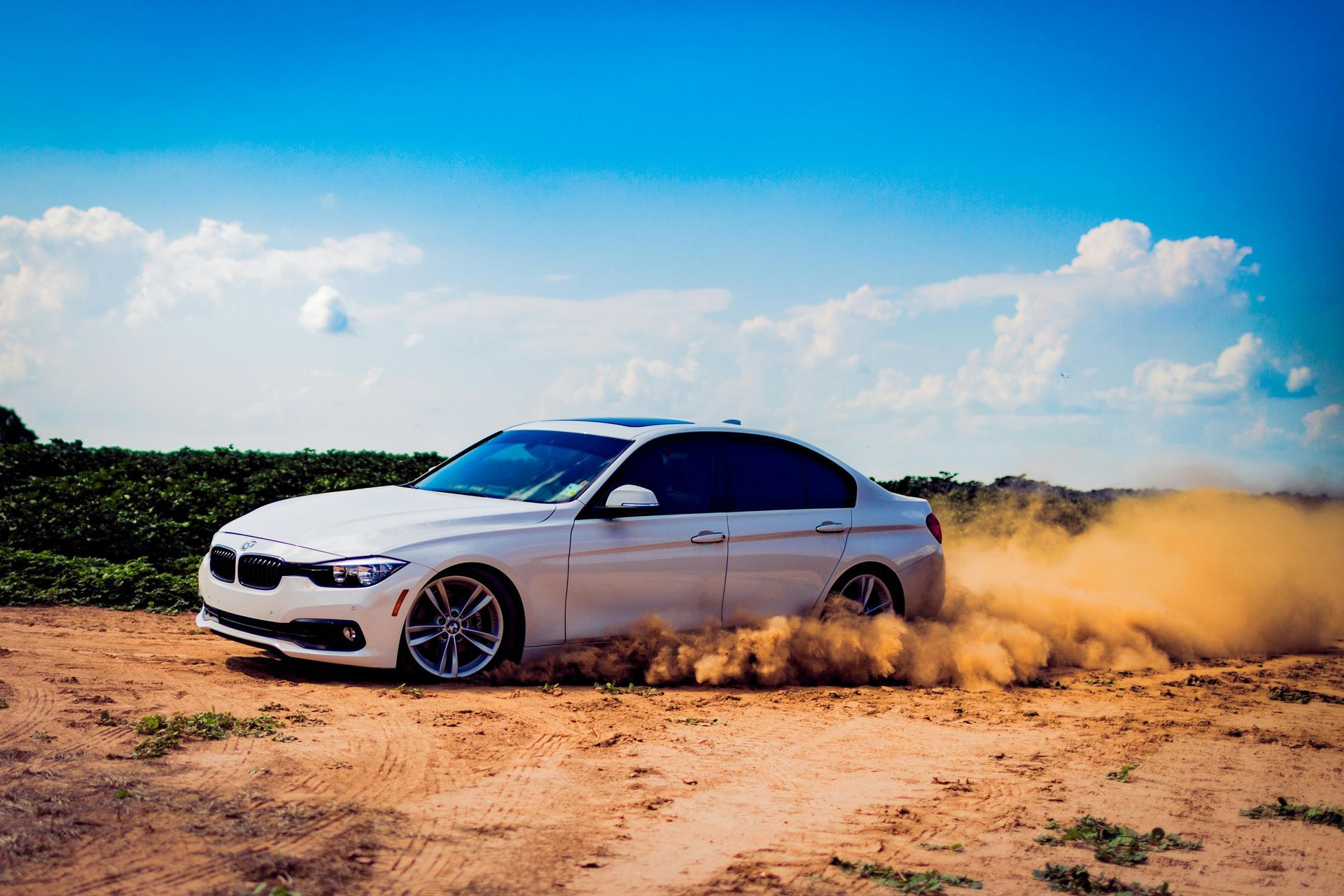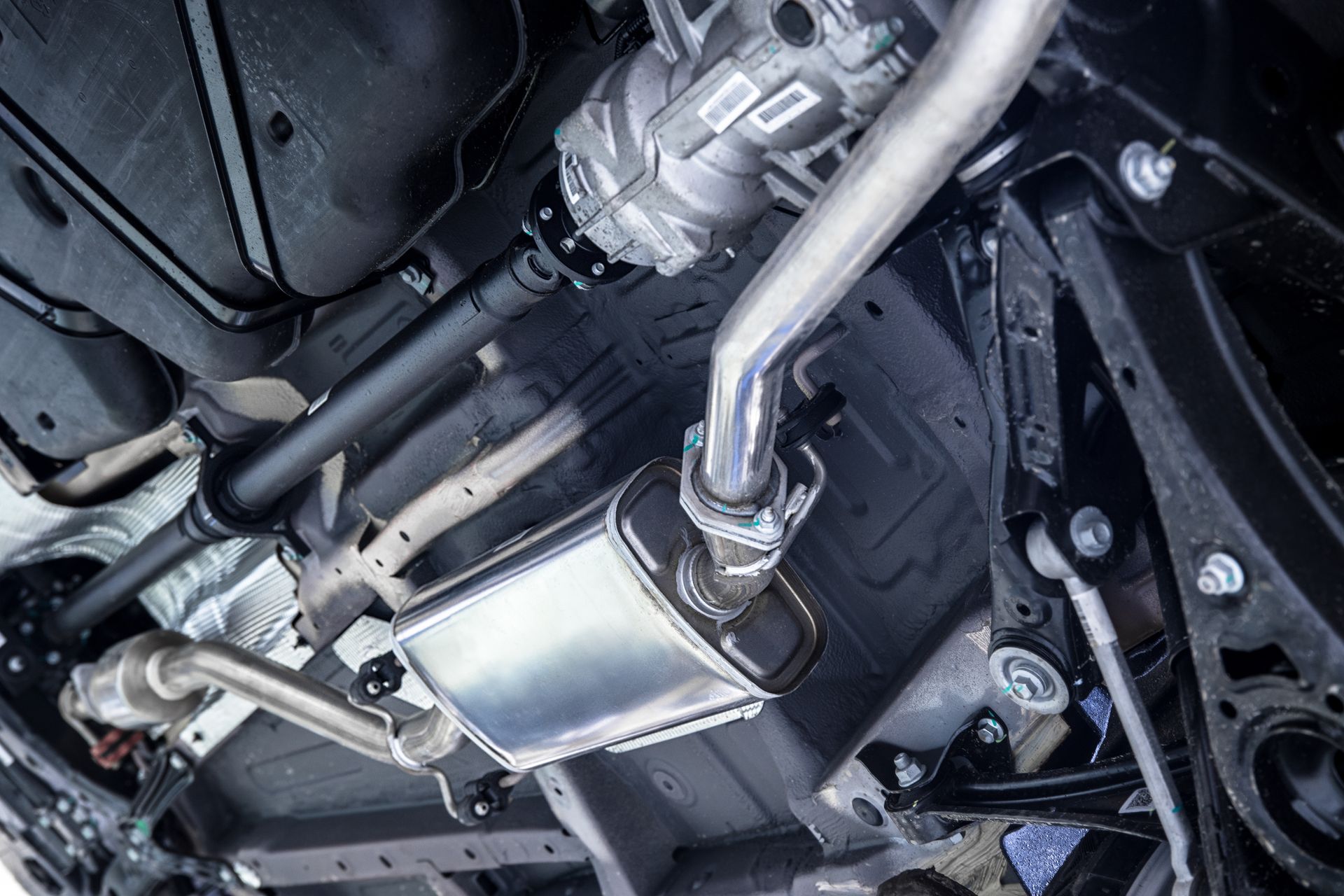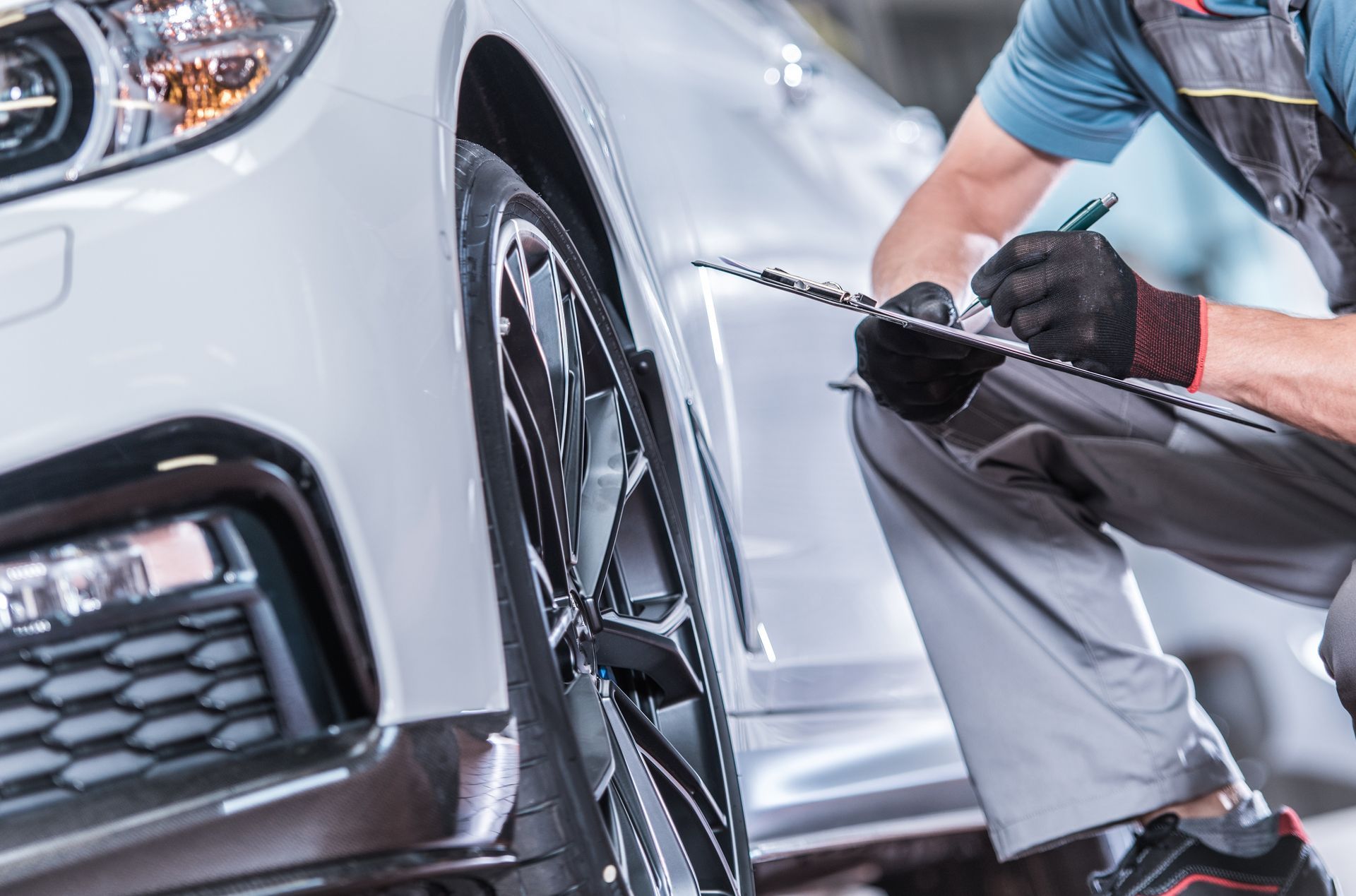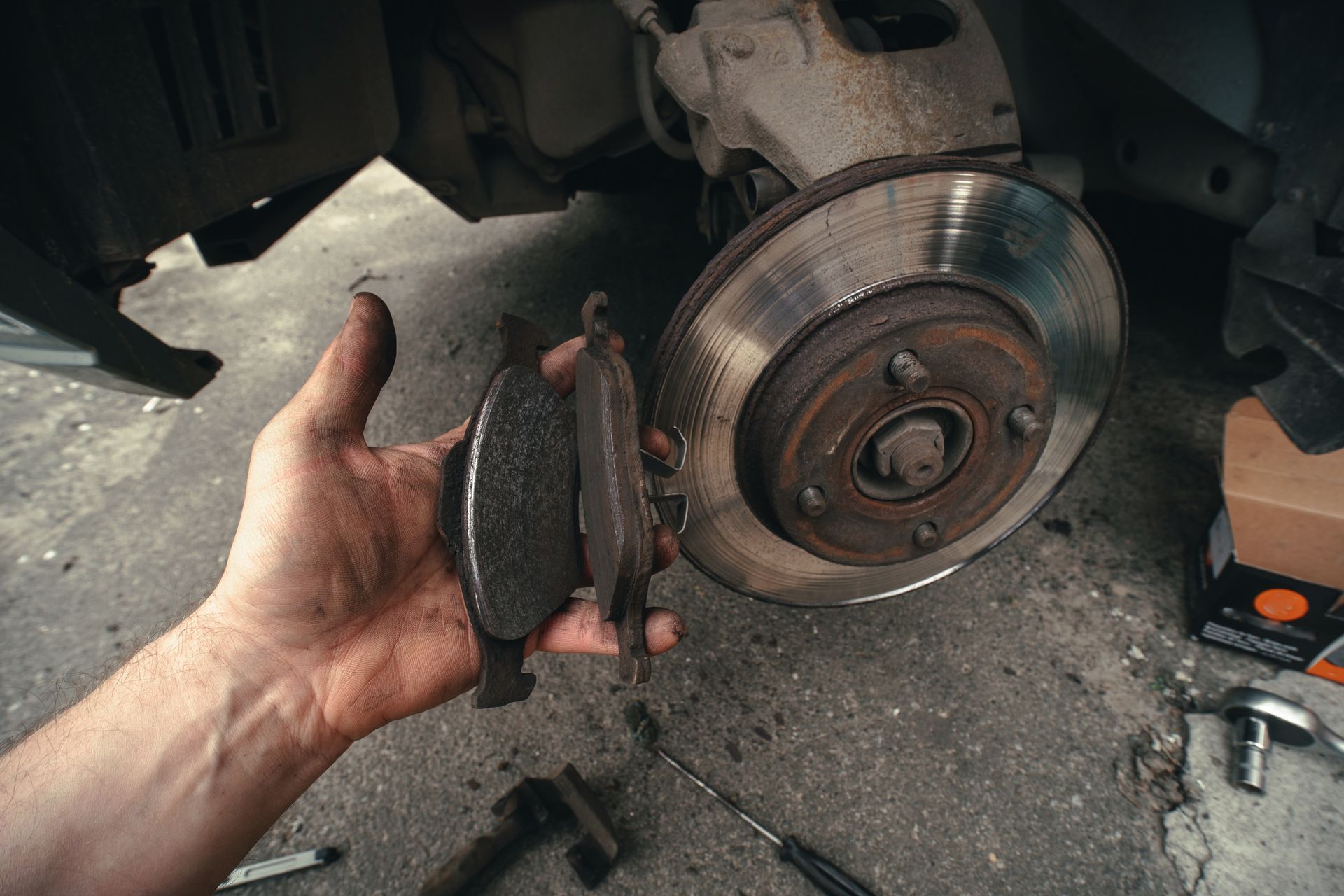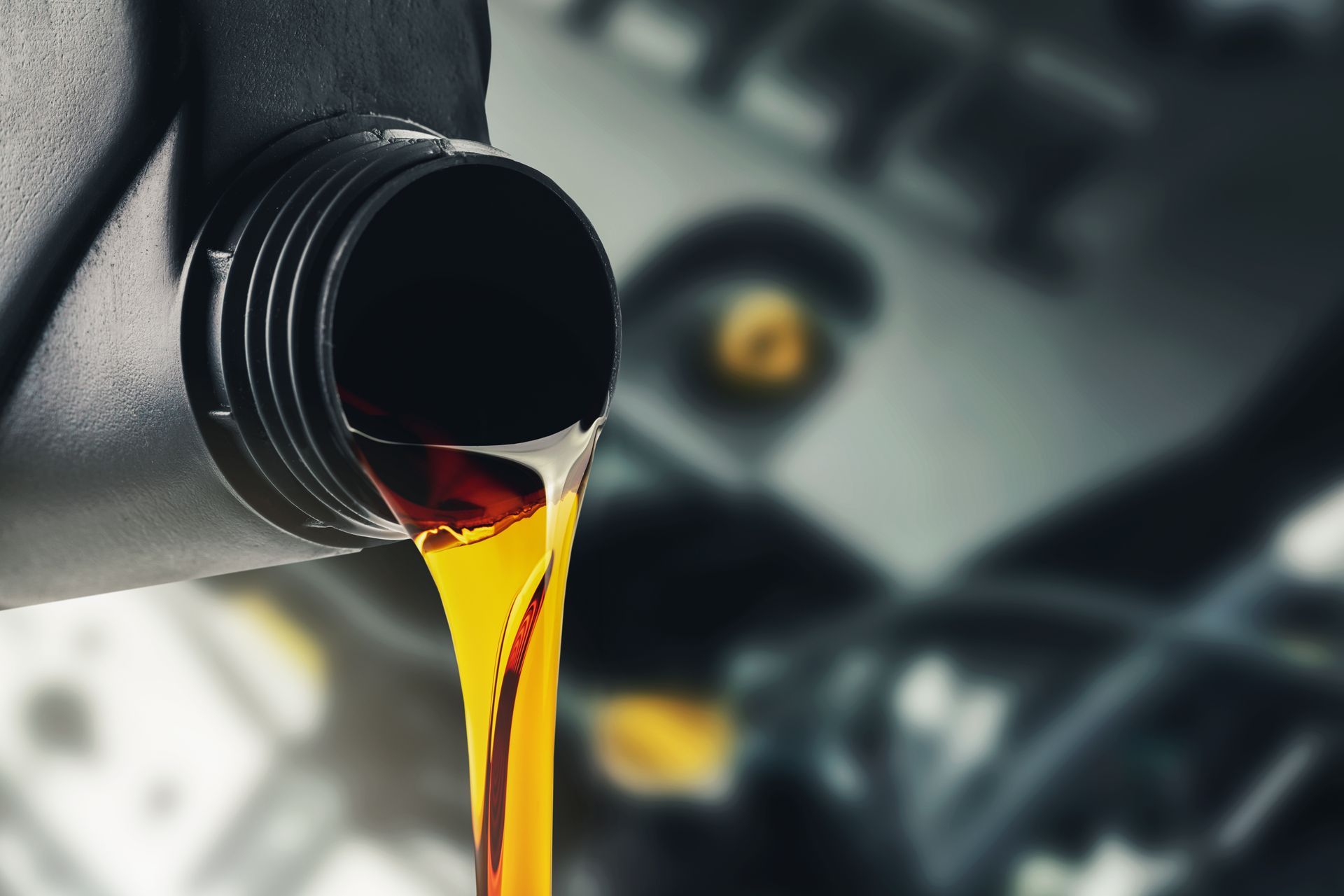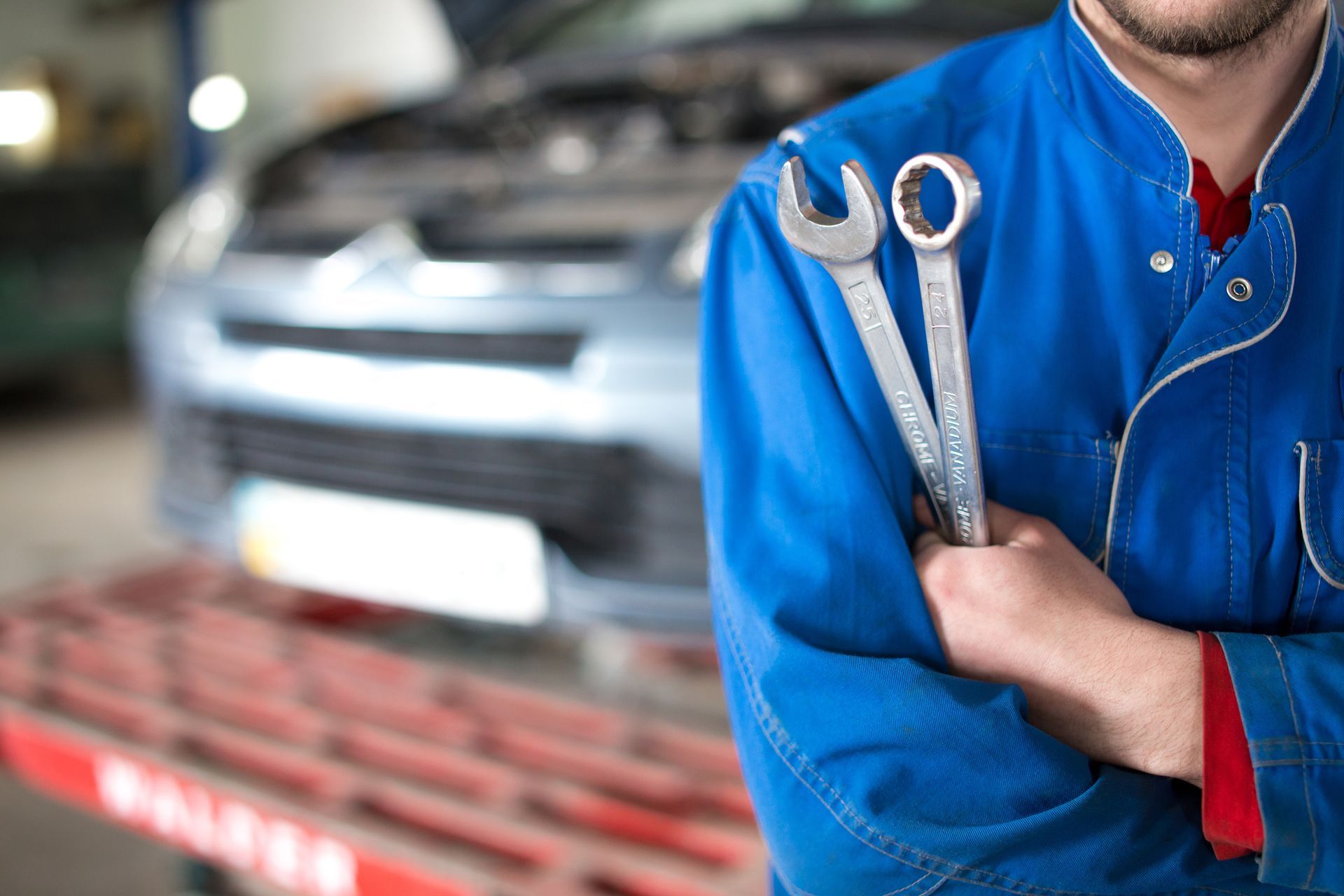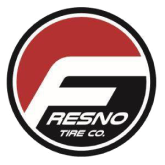Don't Risk It: 5 Brake Warning Signs Before Your California Summer Vacation
Summer road trip season is here, and California families are planning escapes to the coast, mountains, and beyond. Whether you're heading to Pismo Beach, Yosemite, or Lake Tahoe from Fresno, there's one thing that could turn your dream vacation into a nightmare: brake failure on a mountain highway or busy freeway.
California's diverse terrain puts serious demands on brake systems. The steep grades of Highway 41 to Yosemite, the winding roads to the Central Coast, or even the heavy traffic on I-5 heading to Southern California can reveal brake problems that seemed minor around town. At Fresno Tire Co., we've seen too many families return from trips with expensive brake damage that could have been prevented with a simple pre-trip inspection.
Don't let brake problems ruin your summer vacation. Here are the five warning signs that mean your brakes need professional attention before you hit the road.
1. Squealing or Screeching Noises
That high-pitched squealing when you brake isn't just annoying—it's your car's way of telling you the brake pads are wearing thin. Most brake pads have built-in wear indicators that create this noise when pads reach minimum thickness.
Why this matters for road trips: Mountain driving means frequent braking on steep descents. Thin brake pads can wear completely through during a single trip to Yosemite or Sequoia, leaving you with metal-on-metal contact that damages rotors and creates dangerous stopping distances.
What you'll hear: Sharp, metallic squealing that gets louder under braking. If you're hearing grinding noises, you've already waited too long—the pads are completely worn and you're damaging rotors.
Don't ignore brake noise hoping it will go away. California mountain roads are unforgiving, and brake pad replacement is much cheaper than rotor replacement or worse—an accident caused by brake failure.
2. Soft or Spongy Brake Pedal
Your brake pedal should feel firm and responsive. If it feels soft, spongy, or sinks toward the floor when pressed, you likely have air in the brake lines, a brake fluid leak, or worn brake components.
Road trip danger: A spongy pedal means reduced braking power exactly when you need it most. Imagine trying to stop on the steep descent into Groveland with brakes that don't respond properly. The consequences could be catastrophic.
What to watch for:
- Pedal that feels mushy or goes further down than usual
- Pedal that slowly sinks to the floor when held down
- Need to pump brakes to get proper stopping power
This is a serious safety issue that requires immediate professional attention. Don't attempt a road trip with compromised brake pedal feel.
3. Vehicle Pulling to One Side When Braking
If your car pulls left or right when you apply the brakes, you have uneven braking that could indicate several problems: worn brake pads on one side, stuck brake calipers, or brake fluid leaks.
Why this is dangerous for trips: California highways often have narrow shoulders and steep drop-offs. A car that pulls unexpectedly during braking can quickly put you in danger, especially on winding mountain roads where precise control is essential.
Signs of brake pulling:
- Steering wheel jerks to one side under braking
- Car drifts into other lanes when stopping
- Uneven tire wear patterns
- One wheel getting notably hotter than others after driving
This problem typically gets worse under the heavy braking demands of mountain driving, making it a serious safety concern for any California road trip.
4. Vibrating or Pulsating Brake Pedal
A brake pedal that vibrates or pulsates when you apply the brakes usually indicates warped brake rotors. This happens when rotors overheat and develop uneven surfaces that create a pulsing sensation through the pedal.
Mountain driving concerns: Steep descents cause brake overheating, which can worsen existing rotor problems. What starts as minor pulsation in Fresno can become dangerous brake fade on the grade down from Yosemite Valley.
What you'll feel:
- Pedal that vibrates or pulses when braking
- Steering wheel that shakes during braking
- Rhythmic grinding or scraping sounds
Warped rotors reduce braking effectiveness and can lead to brake failure under extreme conditions like extended mountain driving.
5. Dashboard Warning Lights
Modern vehicles monitor brake system components and will illuminate warning lights when problems are detected. Never ignore brake-related dashboard warnings, especially before a long trip.
Common brake warning lights:
- Brake system warning light (usually red)
- ABS warning light
- Electronic brake force distribution (EBD) light
- Parking brake indicator staying on
California driving demands: From stop-and-go traffic in Los Angeles to emergency stops for wildlife on mountain roads, California driving requires fully functional brake systems. Warning lights indicate problems that could worsen under trip conditions.
Even if brakes seem to work normally, warning lights mean sensors have detected issues that professional diagnosis can identify and fix before they become dangerous.
Why California Road Trips Are Especially Hard on Brakes
California's diverse driving conditions create unique challenges for brake systems:
Mountain grades: Extended downhill braking generates extreme heat that can cause brake fade, boil brake fluid, or warp rotors.
Heavy traffic: Stop-and-go traffic in major cities puts constant demands on brake systems.
Temperature extremes: Desert heat in Southern California or cold mountain air affects brake performance.
Long distances: Extended driving reveals problems that don't show up during short local trips around Fresno.
Don't Gamble with Your Family's Safety
California road trips should create memories, not emergencies. Brake problems that seem minor around town can become life-threatening on mountain highways or busy freeways.
A pre-trip brake inspection takes less than an hour but could save your vacation—and your life. Our ASE-certified technicians at Fresno Tire Co. know exactly what California driving demands from brake systems, and we can spot problems before they become dangerous.
Get road trip ready with professional brake service:
- Call: (559) 762-4441
- Visit: 6632 N Blackstone Ave Ste B, Fresno, CA 93710
- Hours: Monday-Friday, 7:30 AM - 5:30 PM
Don't let brake problems turn your California summer vacation into a roadside nightmare. Schedule your pre-trip brake inspection today and travel with confidence knowing your family's safety is protected on every mile of your journey.



